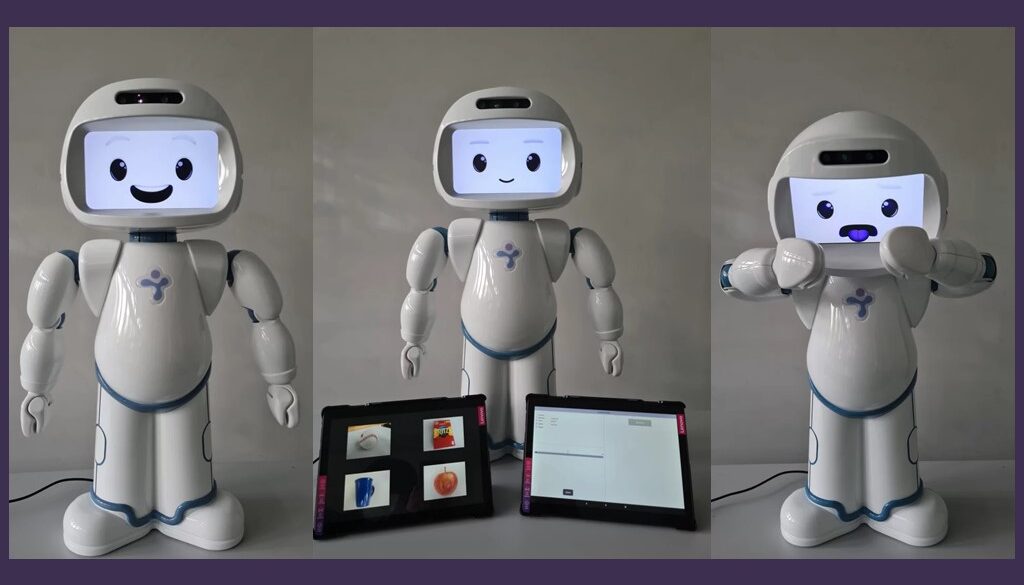
Abstract:
Early therapeutic intervention programs are crucial for helping children diagnosed with Autism Spectrum Disorder (ASD) improve their socio-emotional and functional skills. To support caregivers and ensure children receive adequate training, new technologies can offer effective solutions. This study explores the potential of a robotic learning assistant designed to monitor children’s engagement levels and provide motivational prompts when necessary.
To analyze stakeholder requirements, the researchers conducted interviews with parents and therapists of children with ASD. The feedback revealed a general positive attitude towards the use of new technologies, along with valuable insights for designing the robot and its interactions. A key aspect emphasized was the need for the robot to exhibit appropriate and context-specific communication behaviors, which will be addressed through an AI-based engagement detection system.
Other important design considerations include the robot’s customizability, adaptability, and variability in behavior. The robot should be engaging without being overly distracting, and its actions should be highly predictable to suit the needs of children with ASD.
Reference:
Horstmann, A.C.; Mühl, L.; Köppen, L.; Lindhaus, M.; Storch, D.; Bühren, M.; Röttgers, H.R.; Krajewski, J. Important Preliminary Insights for Designing Successful Communication between a Robotic Learning Assistant and Children with Autism Spectrum Disorder in Germany. Robotics 2022, 11, 141. https://doi.org/10.3390/robotics11060141